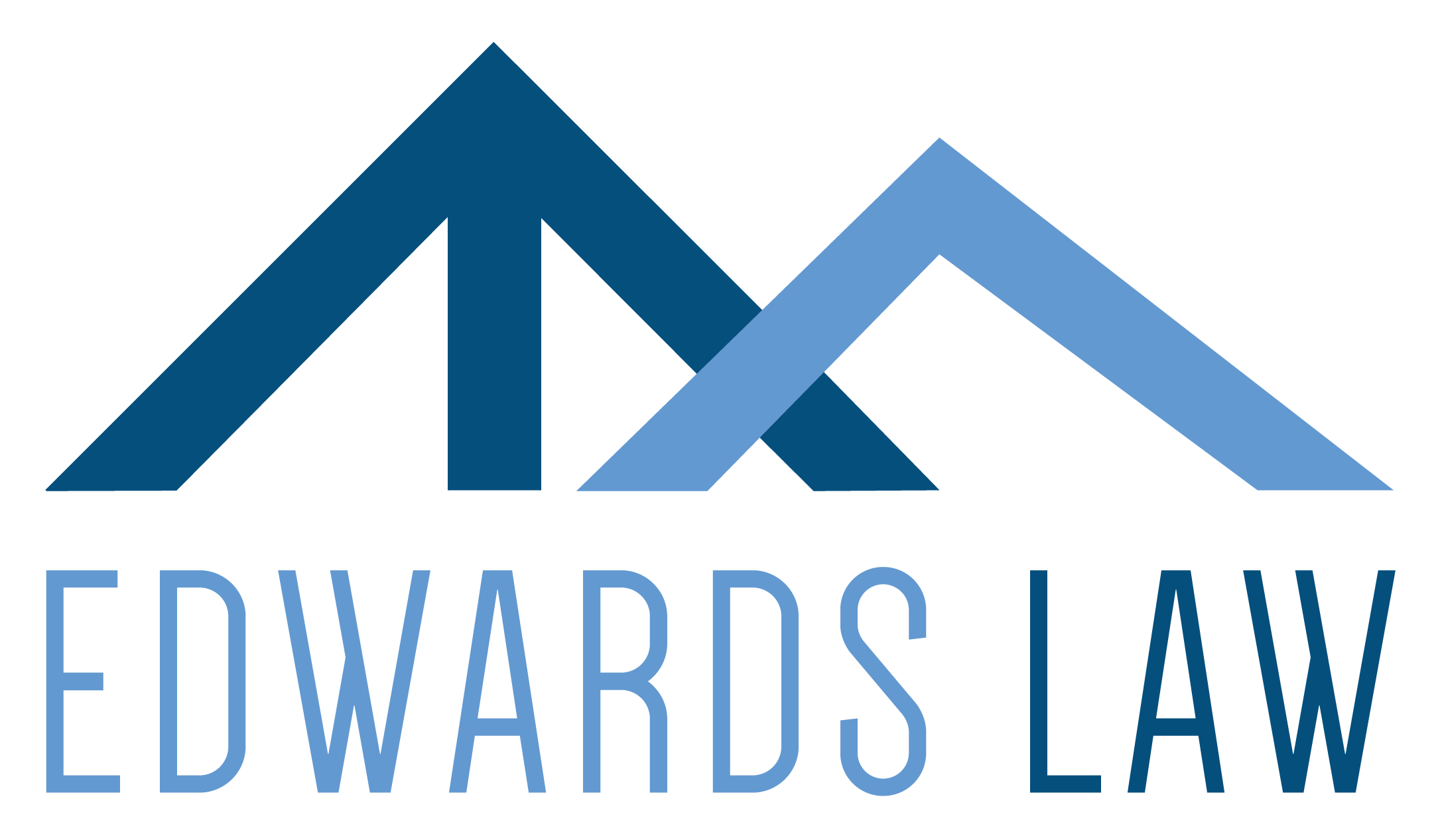
09 Nov How to Get Documents a From a Non-Party – Use a Document Subpoena
Over the last several blogs we have addressed unique issues you can encounter during the discovery process, from improper deposition objections to inadvertent waivers of the attorney client privilege. A discovery topic not yet addressed is the document subpoena—where the court and your attorney command somebody or a company, not a party to your lawsuit, to produce documents on a certain date and at a certain place.
In order for this tool to be effective, the document subpoena must be properly drafted, issued, served and noticed. But even then, your opponent can frustrate the process by objecting to (or plain avoiding) your document subpoena.
What’s Required to be in the Document Subpoena?
A document subpoena should generally include the following information:
-The name of the court that issued the subpoena (only the court where the lawsuit is pending can issue a subpoena)
-The case caption (i.e. the title of the action and the civil action number)
-The identity of the person to whom the subpoena is directed
-A list of the witness’ rights and duties in responding, objecting or moving to quash the subpoena (you can find this in your local, state or federal rules)
-The time and place for the production or inspection of documents (i.e. the return date)
-The categories of documents sought (if you seek electronically-stored information, you must also specify the form(s) in which this electronic information is to be produced)
-The signature of the clerk of court, or an attorney authorized to practice in the issuing court
How Do You Properly “Issue” the Document Subpoena?
The term “issuing” relates to both which court appears on the face of the subpoena, and who can physically sign the subpoena. Both must be right in order for the subpoena to be enforceable.
Document subpoenas (or any subpoena for that matter) must be “issued” out of a court. This physical act of issuing a subpoena from a court is not complicated; it just requires your attorney to put the issuing court’s name at the top of the subpoena. However simple, the legal effect of this act is significant, as it allows the subpoena to become a “judicial command” from the court, the disobedience of which may be punishable as a contempt of court.
As for who can sign or “issue” the subpoena, this can be done by either the clerk of court, or your attorney, so long as your attorney is authorized to practice in the court where the action is pending. However, keep in mind that if the person or company subpoenaed objects to the subpoena and engages in motion practice, your attorney may be required to obtain separate admission in another court (or the use of local counsel) if compliance with the subpoena is required outside the issuing court’s jurisdiction.
How Do You Properly Serve the Document Subpoena?
Since a subpoena is a form of judicial process (similar to a summons) by which the issuing court obtains jurisdiction over a non-party, your attorney must ensure that he or she follows the proper steps in serving the subpoena to obtain jurisdiction over the non-party. Non-compliance with the local, state or federal rules governing service may invalidate the subpoena.
Any person who is not a party to the underlying action and is at least 18 years of age may serve the subpoena. The person serving the subpoena should serve a copy of the subpoena on the witness. Your attorney should retain the original subpoena and not file it with the court unless there is a valid basis for doing so (e.g., if you need to submit the subpoena as an exhibit to a motion).
Also, the party serving the subpoena must hand-deliver it to the person or company named in the subpoena. If the subpoena is directed to a corporation (or other entity), it must be personally served on a corporate officer or other agent authorized to accept service of process under the applicable state or federal rules.
These rules are much stricter than the rules governing the method of service of a summons. Although some courts will make exceptions, if your attorney serves the document subpoena by mail, overnight carrier, or delivers it to the witness’ attorney, you will run the risk of having the subpoena quashed if the party objects.
Following service of the document subpoena, the process server must prepare a certified proof of service, in the form of an affidavit, or a declaration which does not require notarization. Alternatively, the server may use a standard “Proof of Service” usually found on the court’s website. The proof of service must identify the server by name, and include the date, manner of service and the name(s) of the person(s) served. Your attorney should retain the server’s original proof of service (it does not need to be served on any of the other parties or filed with the court unless there is a reason to do so (i.e. for use as an exhibit to a motion)).
When Do You Serve the Document Subpoena?
Generally there is no minimum time period within which compliance with the document subpoena is required. When a subpoena is issued during discovery, it is typical to allow up to 30 days after service to comply with the subpoena. However the compliance period could be shorter if the demand is reasonable under the circumstances. Your attorney will need to check the issuing court’s local rules, however, as they could provide a minimum time period for compliance.
As a general rule of thumb, the document subpoena may not be served before the parties conduct what’s called a “pre-trial discovery conference” or “meet and confer,” and should be served with a return date that accrues before any related discovery deadlines.
Where Can You Require the Subpoenaed Party to Produce the Documents?
There are strict limits on where a subpoena may command compliance. For document subpoenas commanding production or inspection of documents, electronically-stored information or tangible things, the place of production must be within 100 miles of where the witness lives, works, or regularly transacts business in person. Courts generally measure the 100-mile limit as a straight line between the place from which the witness travels and the place of attendance, not by the surface route taken.
However, the state and federal rules typically don’t prevent the parties from agreeing to produce these items electronically, as is common practice with production of large documents or electronically-stored information. Obviously if you and your attorney are seeking to inspect a premises, the specified location must be the premises to be inspected.
If a subpoena requires compliance outside of the above-geographic limits, the subpoenaed party will likely be successful in having a court quash or modify the subpoena on motion. The court will apply exceptions at times, for example, if you agree to pay for the travel expenses, but it’s better to be safe than sorry.
Let All Other Parties in the Lawsuit Know About the Document Subpoena Before It Is Served
Generally the state and federal rules governing pretrial document subpoenas require you and your attorney to notify the other parties of the subpoena’s issuance. Your attorney must serve a notice and a copy of the subpoena on each party to the lawsuit before the subpoena is served. Doing this gives other parties a chance to object to the production or inspection, or to serve a subpoena for additional documents.
What Happens If You Cannot Successfully Serve a Subpoena?
Apart from objections and motions (to be addressed in a future blog post), if you and your attorney cannot successfully subpoena a non-party witness, you may need to initiate an independent action to obtain discovery, sometimes called an equitable bill of discovery. You may experience this type of situation if the witness purposely stays in a court district that is more than 100 miles away from where he lives, works and regularly transacts business in person to avoid being subpoenaed in a particular lawsuit.
If you are having trouble getting a subpoena issued and need a second opinion on a proposed course of action, call Edwards Law today for a consultation. The first call is free.


No Comments